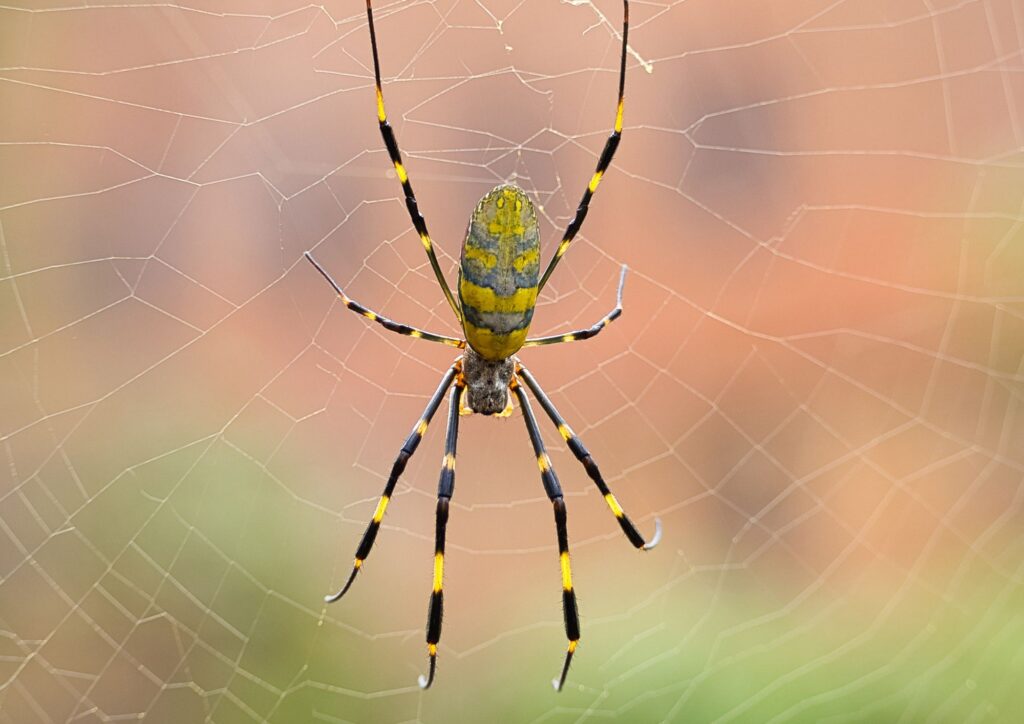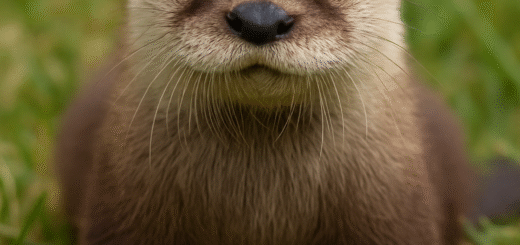Arachno-Homes – Where Do Spiders Live Around the World?
Spiders Are Everywhere (Literally)
From deserts and forests to mountaintops and city bathrooms, spiders are among the most adaptable creatures on Earth. There are over 50,000 known species of spiders, and they’ve made themselves at home on every continent—except Antarctica.
But where exactly do they live? And how do different species choose their homes?
In this article, we’ll take a global tour of spider habitats, explore the environments they thrive in, and discover how they build their homes in nature and in your neighborhood.

1. Deserts – Surviving the Heat
Spiders have no trouble living in some of the hottest and driest places on Earth, like the Sahara, Mojave, and Australian Outback.
Common Desert Dwellers:
- Six-eyed Sand Spider (Africa)
- Camel Spider (Middle East & North Africa)
- Mouse Spider (Australia)
How They Survive:
- Burrow underground to avoid heat
- Hunt at night when it’s cooler
- Conserve water through tough exoskeletons
Fun Fact: The Six-eyed Sand Spider is an expert ambush predator that buries itself under sand, waiting for prey.
2. Forests – Web Builders and Tree Climbers
Tropical rainforests, temperate woodlands, and mountain forests are rich with spider diversity.
Common Forest Spiders:
- Golden Silk Orb-Weaver (South America & Asia)
- Tarantulas (Central/South America, Asia, Africa)
- Jumping Spiders (Worldwide)
Typical Homes:
- Huge webs between trees
- Under logs and rocks
- In tree bark crevices or underground burrows
Fun Fact: Orb-weavers can spin webs over a meter wide to catch flying insects like moths and beetles.
3. Urban & Residential Areas – Sharing Our Space
Spiders are frequent houseguests, making themselves at home in dark corners, attics, basements, and gardens.
Common House Spiders:
- Common House Spider
- Cellar Spider (Daddy Long Legs)
- Brown Recluse (U.S.)
- Huntsman Spider (Asia, Australia)
Why They Like Homes:
- Steady temperatures
- Easy access to insects
- Plenty of hiding spots
Fun Fact: Spiders help control indoor pest populations—acting as natural insect exterminators.
4. Cold Climates – Arctic and Alpine Experts
Though rare, some spiders live in sub-zero environments, including tundras and alpine zones.
Cold-Tolerant Spiders:
- Arctic Wolf Spider
- Mountain Sheet Web Spider
How They Survive:
- Antifreeze-like proteins in their blood
- Hibernation beneath snow or in burrows
- Slow metabolism to conserve energy
Fun Fact: The Arctic Wolf Spider is one of the few predators active in the Arctic summer.
5. Wetlands and Water – Spiders That Swim
Yes—some spiders live in or around water, and a few even dive!
Aquatic and Semi-Aquatic Spiders:
- Diving Bell Spider (Europe)
- Fishing Spider (North America)
- Raft Spider (Europe)
Unique Adaptations:
- Build silk bubbles underwater
- Walk on water using surface tension
- Hunt tadpoles and small fish
Fun Fact: The Diving Bell Spider breathes underwater using a silk “scuba tank” filled with air!
6. Caves – Masters of Darkness
Spiders in caves face total darkness, no plants, and often few prey.
Cave-Dwelling Species:
- Troglobite Spiders
- Meta Menardi (European cave spider)
Adaptations:
- Often blind or with reduced vision
- Extra-sensitive to touch and vibrations
- Slow-growing due to limited food
Fun Fact: Some cave spiders are found nowhere else on Earth—making them valuable for conservation.
Conclusion: Spiders Can Live Almost Anywhere
From your backyard to the Amazon rainforest and even underwater, spiders are among the most adaptable creatures on the planet. Each species has unique traits that help it survive in its chosen home—whether that’s spinning silk between trees or hiding beneath your kitchen sink.
Next time you see a spider, ask yourself: “Where has this little traveler come from?” You just might be looking at a master of survival from one of the world’s most unexpected environments.








